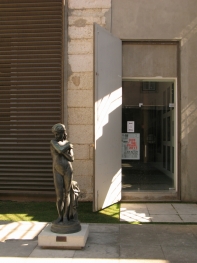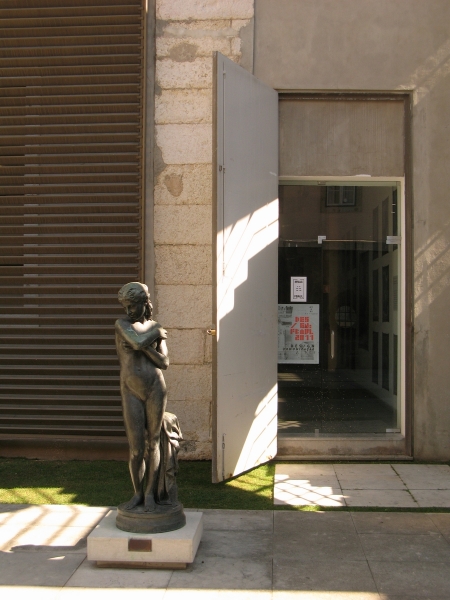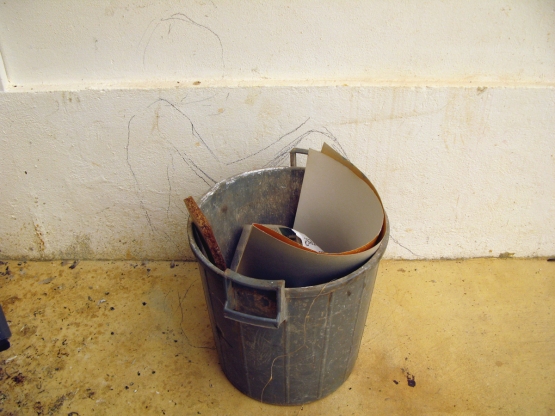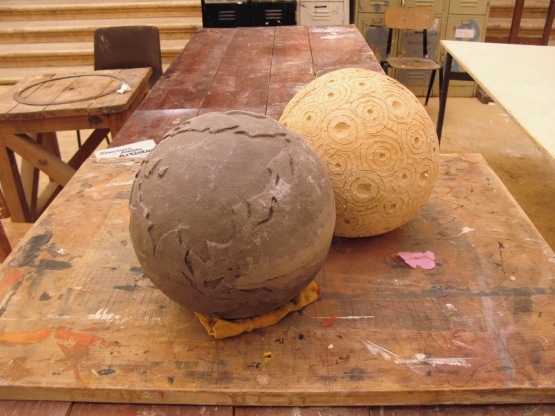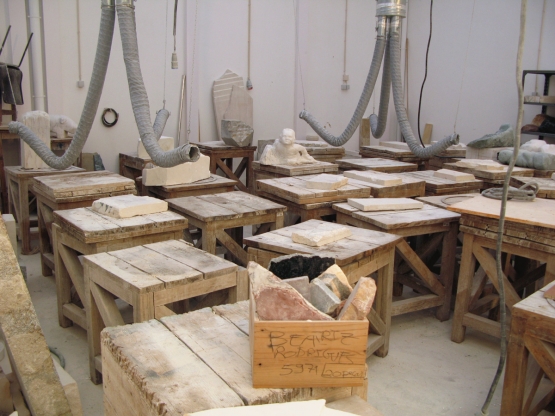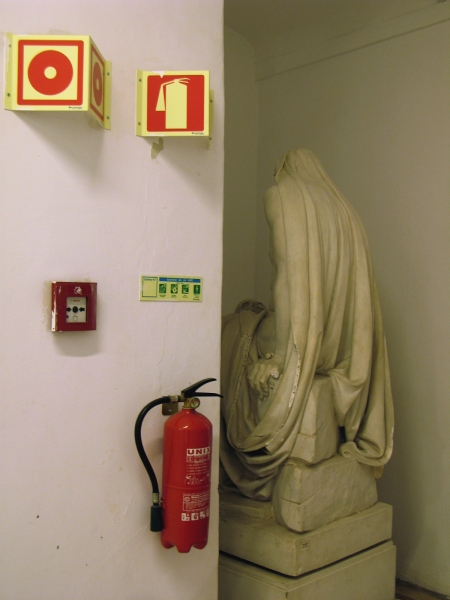In museucampus, Markus Ambach explores some of the key themes of his work, namely the reinterpretation of places and the appropriation of public spaces. At the same time, he proposes a critical reading of the contextual specificity of MNAC – Museu do Chiado. As a result, his project develops between a general reflection on the instances of artistic production and recognition and an attentive look at the relationship between the museum and its immediate surroundings, with special focus on the museum’s connection with the Faculty of Fine-Arts.
Since its foundation in 1911, the museum and the faculty have occupied adjacent areas in the old convent of São Francisco da Cidade, where the National Academy of Fine Arts is also located. Despite the obvious affinities between them, cohabitation was never easy and although at an early stage the two institutions were close, both in terms of their location and their programming, from the 1940s onwards MNAC sought to assert its autonomy from the academic sphere. The opening of an independent entrance leading to Rua Serpa Pinto symbolically marked the separation between the museum and the school, creating a distance which, in 1994, would be reinforced by the intervention of the architect Jean-Michel Wilmotte. It was not until 2010 that the passage between the museum garden and the faculty was opened again.
Aware of the fragility and ambiguity of this relationship, Markus Ambach explores the existing tensions between the two institutions, questioning behaviours and (pre)conceptions. He takes on the role of mediator between the two contexts in an attempt to establish different paths of communication. As a record of this process of mediation, the exhibition held at the multipurpose room of the museum presents a series of objects found in the classrooms of the faculty or voluntarily loaned by the students. These objects are recontextualized by an ambivalent and open museological discourse in an installation that also works as a passageway by extending beyond the exhibition space along a “walk between Rua Serpa Pinto and the Largo da Academia de Belas-Artes”.
Helena Barranha
Director of the National Museum of Contemporary Art – Museu do Chiado

